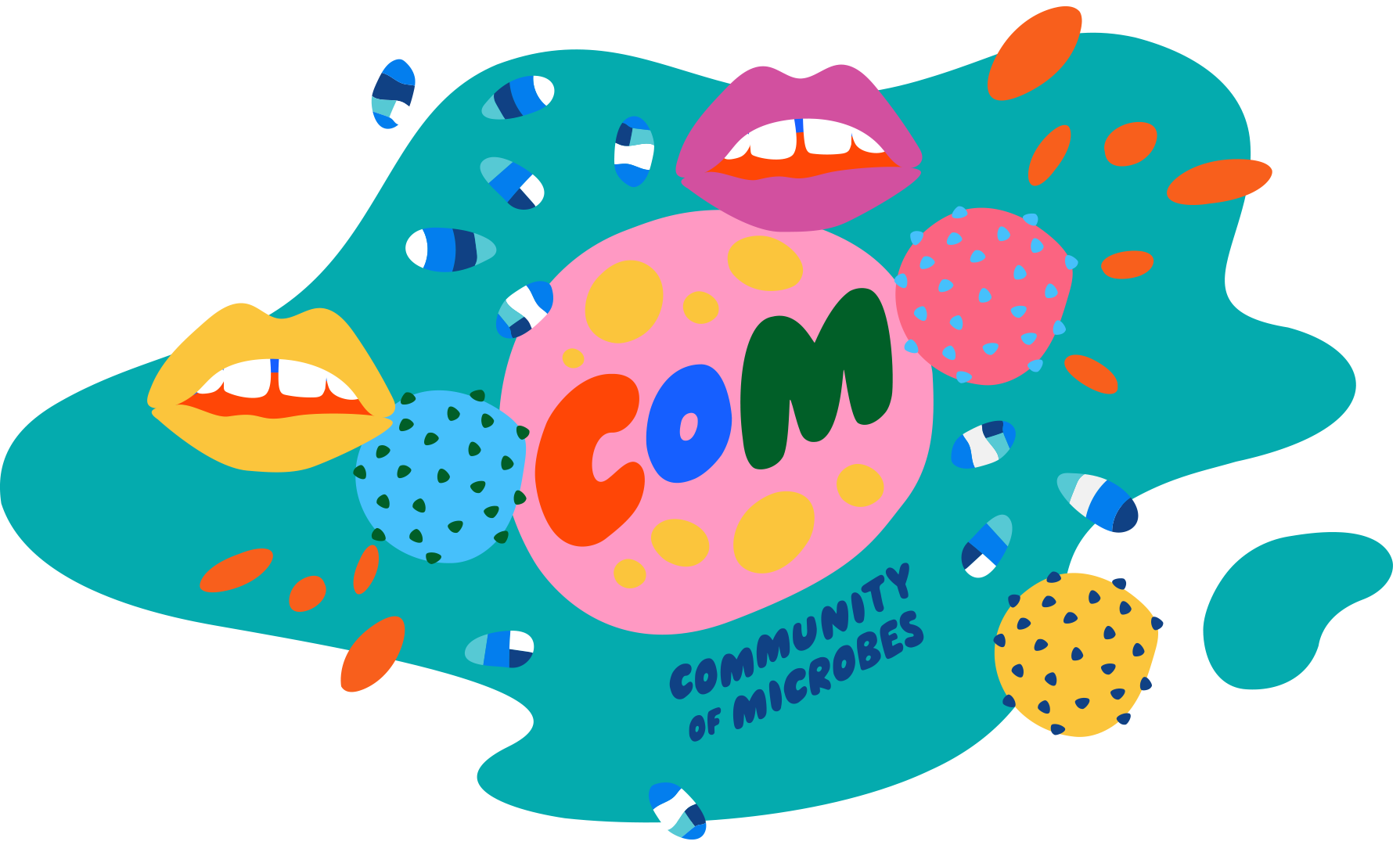
Home
Our floors are dry, arid, and unforgiving deserts for the microbes that live in our homes. Tiny balls of textile fibers, bits of insect carcasses, and giant boulders of pollen granules. Many of the microbes found here have managed to find ways of surviving the dryness by protecting themselves from dehydration in a state of sleep-like dormancy. A microbe needs to be resilient to live here. They wait like seeds in the dessert for rain, perhaps in the form of a pile of wet laundry, a forgotten wet crumb of food, or even a very, very humid day. With a bit of moisture these infinitely small roommates awake from their quiet slumber around us. The home environment can contain hundreds to thousands of different species of microbes.

The Players
Aspergillus species are fungi that are found everywhere -- from the wood and drywall we use to make homes, to dust in the wind, to the inside of wasp nests. These ubiquitous fungi create filaments that blossom into seed-like cells called spores that are particularly good at traveling on the wind to new destinations. While some species in house dust can cause allergies, others are the source of some of life-saving therapeutics. Statins, a family of cholesterol-lowering medication, are made by some of the very Aspergillus species you can find in your house dust. Through the production of these medications it’s likely that this fungus has helped save millions of people early deaths from heart attacks.

Penicillium species - These species are frequently resting as dormant spores -- cells that are protected from environmental stresses -- in our dust. With a little bit of water they come alive and start blossoming as the mildew we smell in wet laundry and some of the fluffy mold we see on forgotten produce. We spend hundreds of dollars per year on cleaning supplies to get rid of mildew smells caused by Penicillium and other household fungi, yet in other contexts some of these species produce things of incredible value. The blue in blue cheese is from a related species of Penicillium that is added to cheese to produce the lovely earthy aromas and flavors we adore.

Streptomyces species - Where do most of our commercial antibiotics come from? Unbelievably, some of the soil bacteria that can be found swirling around in our home dust. Streptomyces are a group of relatively harmless bacteria that grow on decomposing plant material. Munching away like microscopic sheep, they form filaments and then spores that can travel indoors in the wind and on dirty shoes. When brought into the lab, species of these bacteria have given us some of our greatest weapons to fight infections, including the therapeutics we use to prevent heartworm in our pets. The fresh earthy smell of dirt, or the soil in potted plants is a tell-tale sign that they are there, just waiting to be discovered and help us in our next microbial fight.

Staphylococcus epidermidis bacteria - Our dust is full of the microscopic life blown in through the winds, tracked in on the dirt on our shoes and shed by ourselves, our pets, and even our plants. One of the normal inhabitants of our skin that can be found in our dust is Staphylococcus epidermidis. While sharing a similar name to the “Staph” that is known for infections, this microbe is typically a harmless member of our skin microbiome. As tiny little spheres they delicately rest on our healthy skin. Like many microbes that benefit from us helping move them around the world they are astronauts visiting new territories as they are shuttled around via or finger tip, the brush of an arm, or tiny flake of skin too small to see without a microscope.

